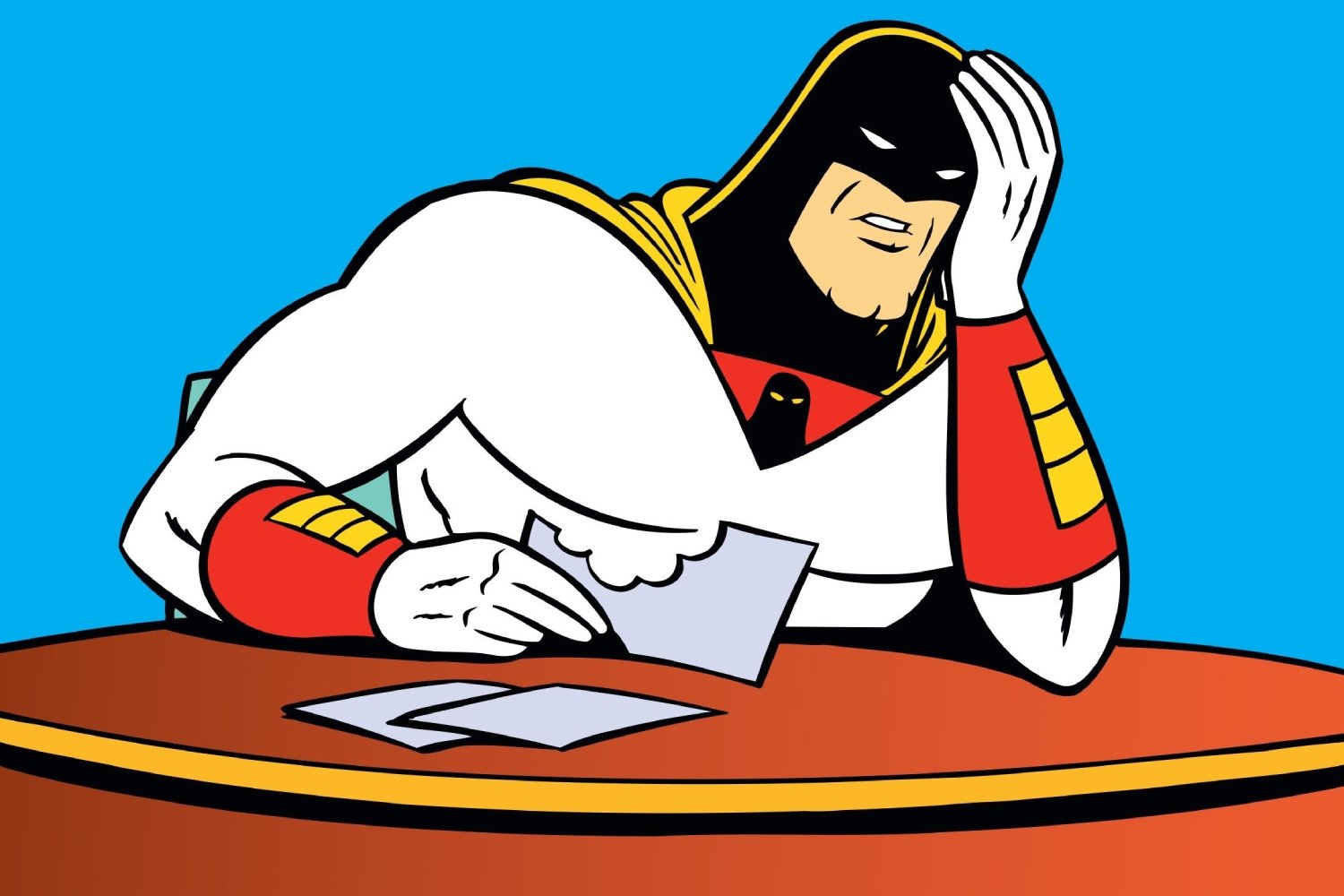Introduction to the Trump Administration’s Plan
The Trump administration has recently made a pledge to substantially reduce the high prices Americans commonly pay for their prescription drugs. However, this promise is likely to fall short of expectations.
The Executive Order on Drug Pricing
On Tuesday, President Donald Trump signed an executive order outlining the steps the federal government, through the Department of Health and Human Services, plans to take to lower drug prices. While some proposals in the order are sound, others are unlikely to have a significant impact. Moreover, Trump and GOP lawmakers are preparing or have already enacted measures that could raise drug prices for many Americans.
Improving the Medicare Drug Pricing Negotiation Program
A key aspect of the executive order involves enhancing the Medicare Drug Pricing Negotiation Program, a Biden-era initiative that allows the government to directly negotiate prices for certain costly prescription drugs under Medicare. The program has already resulted in discounts for ten drugs, with price cuts set to take effect in 2026. A second round of negotiations, involving 15 drugs, is underway, with discounts expected in 2028. One crucial drug in this round is semaglutide, used in medications for type 2 diabetes and obesity, which can cost over $1,000 per month without insurance. If prices are cut, it would be a genuine accomplishment, but any discounts won’t arrive until 2028.
Challenges in Accessing Medications
Currently, Medicare cannot directly cover weight loss medications, although it can provide coverage for diabetes or certain obesity-related conditions. The Biden administration had proposed a rule to expand coverage to some 7 million Americans on Medicare and Medicaid by 2026. However, the Trump administration dropped this proposal earlier this month. The HHS chief, Robert F. Kennedy, stated that the administration is considering a framework to expand coverage, despite his past questioning of the value of these drugs.
The "Pill Penalty" and Its Implications
Another issue with Trump’s plan concerns the "pill penalty," which refers to the time drugs must be on the market before being eligible for the negotiation program. For small molecule prescription drugs, this delay is seven years, while for biologics, it’s 11 years. Trump pledged to "align the treatment" of these drug types, but the executive order doesn’t specify shortening the delay for biologics. Current pharma-backed GOP bills address this discrepancy by extending the exclusivity period of small molecule drugs to match that of biologics.
Potential Consequences of Delaying Drug Selection
According to a KFF analysis, a four-year delay would remove over half of the drugs included in the negotiation program to date, including semaglutide. Going forward, a longer exclusivity period for these drugs would cost the government potential savings and ultimately hurt many Americans who rely on them.
Criticism of the Executive Order
Senator Ron Wyden (D-Oregon) argued that Trump’s executive order will weaken drug pricing reform. "Just like his first term, Trump is all bark and no bite when it comes to lowering the cost of prescription drugs," Wyden said. "This executive order is rife with goodies that Big Pharma has been begging for, primarily by weakening Medicare negotiation, which is going to mean higher prices for American seniors and families while the drug companies get a windfall to the tune of $10 billion."
Undermining Proposals with Contradictory Actions
While the executive order includes some good ideas, such as reducing insulin costs and accelerating generic drug approvals, these proposals are undermined by other actions taken by the White House. The FDA has lost nearly 20% of its workforce, hampering its ability to process drug approvals. The administration has also begun to lay the groundwork for imposing tariffs on imported drugs, which could lead to higher costs and drug shortages.
Conclusion
Given Trump’s past track record, it’s unlikely that prescription drugs will become significantly cheaper. In fact, some drugs could become even more expensive due to the administration’s actions. The executive order’s lack of concrete steps to address the root causes of high drug prices, combined with contradictory policies, suggests that the promise to lower drug prices will not be fulfilled.
Source Link





